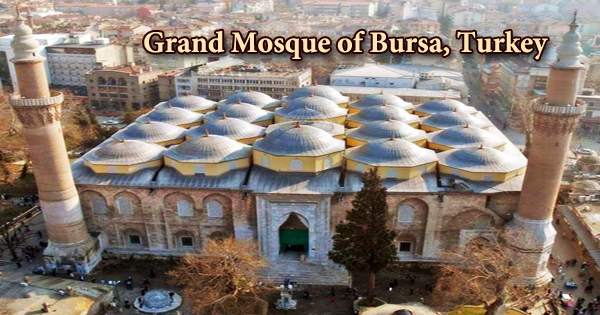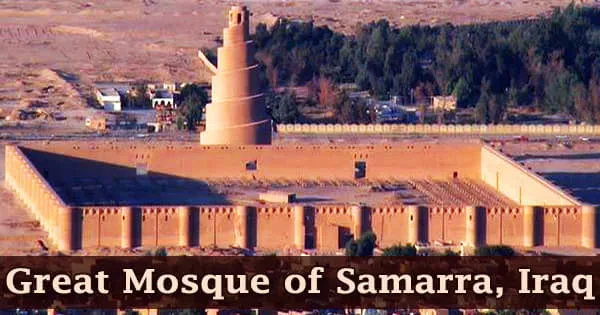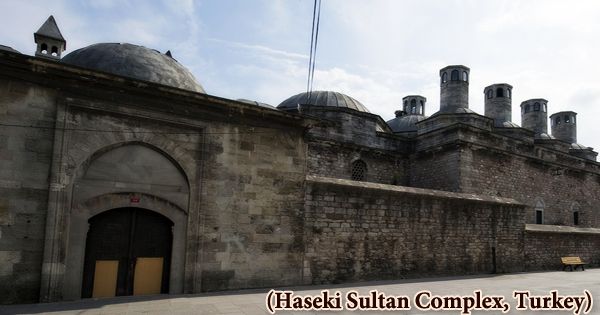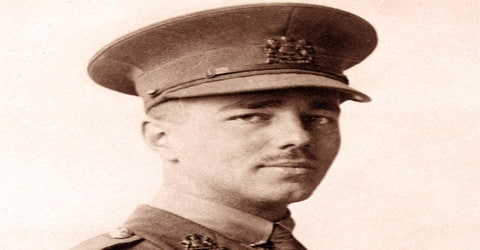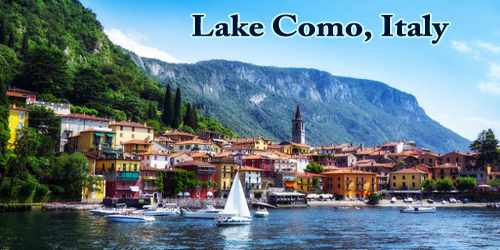The Grand Mosque of Bursa (Turkish: Bursa Ulu Camii) one of the city’s oldest mosques, is situated near the markets in the heart of the old town. It is a historic mosque in the Turkish city of Bursa. The mosque was founded between 1396 and 1399 by Ottoman Sultan Bayezid I to commemorate his great victory at the Battle of Nicopolis. The structure is one of the most impressive and significant in Bursa, with two towering minarets and 20 domes. After Mecca, Medina, Jerusalem, and Damascus, Ulu Cami’i is regarded as Islam’s fifth most powerful mosque. The mosque, which is situated in the heart of the old city alongside its historic markets, is a significant monument of early Ottoman architecture and one of the city’s most prominent mosques. It was also inscribed as a UNESCO World Heritage Site in Bursa in 2014. The Great Mosque or the “Ulu Camii,” is the largest mosque in Bursa, the Ottoman Empire’s first capital, and a symbol of early Ottoman architecture, which originated from Seljuk Turkish architecture. Bursa Grand Mosque was designed in the Seljuk style of architecture, with both Seljuk and early Ottoman elements, and opened in 1399, commissioned by Sultan Yldrm Bayezid I. The mosque’s 20 domes are backed by 12 columns and are grouped in four rows of five. This structure divides the huge, 2200-square-meter rectangular room into parts, allowing for a sense of privacy despite the building’s massive size. According to legend, Timur set fire to the mosque and other monuments in the city center in 1402/804 AH, but the structure was first repaired in 1493/899 AH. Throughout history, the structure has been repaired. After the 1855 earthquake, Leon Parvillée made substantial repairs to the building’s roof, which had collapsed, and further repairs were made in 1889/1307 AH.

The mosque is a massive rectangular structure with an interior surface area of 3165.5 square meters, measuring 55 by 69 meters. It has three entrances (north, west, and east), the northern of which is the most impressive. Twenty domes, arranged in four rows of five, cover the interior space, which is supported by twelve columns. The room has a capacity of 5000 people. The mosque has twenty domes that are supported by round arches that are supported by thirty piers that are arranged in a regular grid. The arrangement is clearly reflected on the outside, with wide windows between the eighteen piers that make up the wall and their supporting arches left in relief. Sultan Bayezid I, according to legend, designed a mosque with twenty domes instead of the twenty separate mosques he had promised in exchange for winning the Battle of Nicopolis in 1396. A huge marble ablution fountain is located under a glass dome in the mosque’s interior. A total of 192 calligraphy examples written by 41 separate calligraphers adorn the walls and pillars, making it one of the world’s most valuable collections of Islamic calligraphy. The doors and pulpit are made of finely carved walnut wood, with an etched scaled model of the solar system on the pulpit. A centuries-old door curtain from the Mecca Kaaba is displayed in a glass case to the east of the ornate mihrap. A nineteenth-century marble ablution fountain is illuminated from above by a glass-plated canopy, the mosque’s highest dome, at the intersection of axes from all entrances. Since collapsing in the earthquake, eighteen of the domes were restored in 1855. A special fountain (şadrvan) over an eighteen-cornered water basin stands in the mosque’s middle, and it dates from the 19th century in its current form. The water basin and fountain aided worshipers in their ceremonial ablutions.

The building’s exterior is built of stone. The exterior’s honey-colored limestone, which had been plastered white until recently, was exposed during the 1959 renovation. The two minarets on the northeast and northwest corners of the mosque have brick bases with marble faces; Parvillée replaced their wooden and lead caps with baroque stone alternatives. The minbar is made up of interlocking wooden parts that are joined without the use of glue or nails and is painted on both sides with carved geometric designs that evoke the sky. The mosque was severely damaged by an earthquake at least once in 1855, forcing it to close for several years until substantial repairs and reconstruction were completed. The Grand Mosque has been dubbed a “calligraphy museum” because of its decorative calligraphy. Arabic calligraphy became a significant visual decoration and means of expressing significance to tourists in Islamic architecture. The mosque has 192 monumental wall inscriptions, which are made up of 87 different compositions written by 41 different major Ottoman calligraphers during that time period; the majority of the calligraphy dates from 1778 to 1938. The Bursa Grand Mosque is open to visitors and tourists, and it is an important stop on any Bursa tour. The mosque is open 24 hours a day, seven days a week, and visitors are only allowed inside during scheduled regular prayer times.
